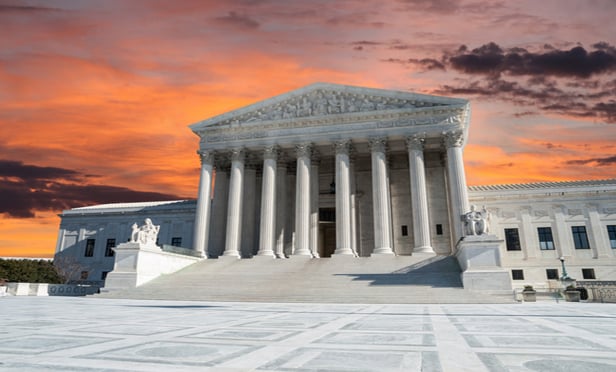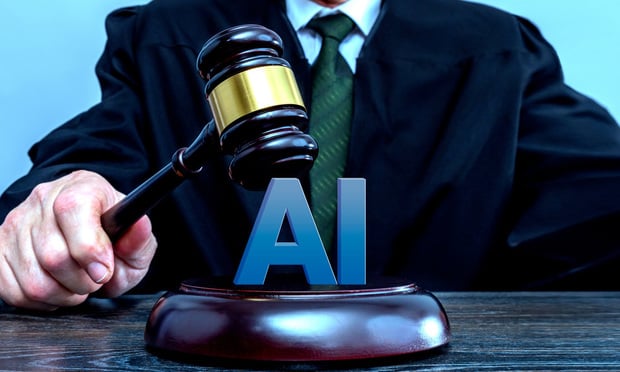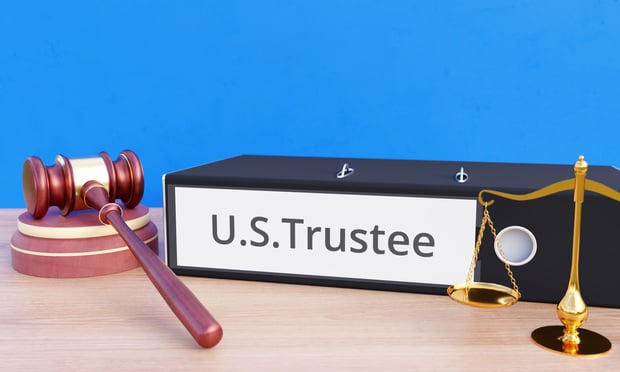Features

CoStar Wins Injunction for Breach-of-Contract Damages In CRE Database Access Lawsuit
Latham & Watkins helped the largest U.S. commercial real estate research company prevail in a breach-of-contract dispute in District of Columbia federal court.
Features

Third Circuit Orders Unwinding of Transaction Involving Transfers Which Passed Through Multiple Related Parties
Although not always straightforward or consistent, federal and state laws regarding the recovery of fraudulent conveyances are well developed. However, when the transaction flows through several transferees, the analysis can quickly become complicated. In a recent decision, Third Circuit employed such an analysis and ordered the unwinding of a transaction involving transfers which passed through multiple related parties.
Features

LJN Quarterly Update: 2024 Q3
The LJN Quarterly Update highlights some of the articles from the nine LJN Newsletters titles over the quarter. Articles include in-depth analysis and insights from lawyers and other practice area experts.
Features

Be Careful What You Stip For: 'Liggett v. Lewitt Realty LLC'
The ruling from New York's highest state court, although straightforward on its face, has important implications for both long-existing settlement agreements and when considering drafting future agreements settling disputes in the context of the Rent Stabilization Law.
Features

U.S. Supreme Court Ruling Empowers Developers and Property Owners to Challenge Excessive or Unjustified Impact Fees
The recent U.S. Supreme Court ruling in Sheetz v. County of El Dorado will cause many local governments to revisit the defensibility of their impact fee regimes.
Features

Novel Admissibility Considerations for AI
Software is generally admissible as evidence if it is relevant, material, and competent. However, AI differs from traditional software, perhaps requiring novel admissibility considerations.
Features

Avoiding Double-Dipping: U.S. Trustee Fees and Creditor Trusts
The U.S. Trustee has recently taken the position that GUC Trusts (disbursements made by creditor trusts formed under bankruptcy plans) should be required to pay fees on account of their own disbursements to creditors. The outcomes in three recent bankruptcy cases highlight different approaches to addressing the U.S. Trustee's argument: closing bankruptcy cases early, deferring the issue to a later date, or focusing on the distinction between contingent and non-contingent assets.
Columns & Departments
Development
City Took Hard Look At Environmental Factors Without Requiring Environmental Impact Statement On Impact of Climate Change Area Variance Grant Upheld for Construction of Fence Landowner Did Not Establish Pre-Existing Nonconforming Use
Features

Federal Circuit Decision Clarifies Obviousness-Type Double Patenting and Patent Term Adjustments In Allergan v. MSN Laboratories
On August 13, the Federal Circuit issued a precedential ruling that reversed the District of Delaware's application of the Federal Circuit precedent in In re: Cellect to invalidate a claim in an earlier-filed parent application over admittedly patentably indistinct claims in later-filed (and earlier-expired) child patents. This decision has resolved some substantial questions about the application of obviousness-type double patenting that had been raised by last year's In re Cellect decision.
Features

Hold On, I'm Suing: Artists' Protests over the Trump Campaign's Use of Their Music and What Some Courts Have Ruled in Similar Instances
When artists take action over political-campaign settings, it's usually in the form of a cease-and-desist letter sent to a candidate's representatives. In some instances, artists file lawsuits, but to date there's been just a smattering of notable court decisions. This article provides a refresher on these rulings as well as a look at the recent lawsuit by the estate of Isaac Hayes over the Trump campaign's use of the classic soul song "Hold On, I'm Coming."
Need Help?
- Prefer an IP authenticated environment? Request a transition or call 800-756-8993.
- Need other assistance? email Customer Service or call 1-877-256-2472.
MOST POPULAR STORIES
- Use of Deferred Prosecution Agreements In White Collar InvestigationsThis article discusses the practical and policy reasons for the use of DPAs and NPAs in white-collar criminal investigations, and considers the NDAA's new reporting provision and its relationship with other efforts to enhance transparency in DOJ decision-making.Read More ›
- The DOJ's Corporate Enforcement Policy: One Year LaterThe DOJ's Criminal Division issued three declinations since the issuance of the revised CEP a year ago. Review of these cases gives insight into DOJ's implementation of the new policy in practice.Read More ›
- The DOJ's New Parameters for Evaluating Corporate Compliance ProgramsThe parameters set forth in the DOJ's memorandum have implications not only for the government's evaluation of compliance programs in the context of criminal charging decisions, but also for how defense counsel structure their conference-room advocacy seeking declinations or lesser sanctions in both criminal and civil investigations.Read More ›
- Lionsgate GC Who Resigned Without 'Good Reason' Got Severance PayAdd another plot twist to the storyline surrounding Corii Berg, who unexpectedly quit as general counsel of the film studio Lionsgate in December, even though he was under contract through June 2023.Read More ›
- Join Us For a Twitter Chat: Do We Need Offices Anymore?When we think about how the COVID-19 pandemic has changed the legal industry, one (frankly huge) question comes to mind: Do we really need offices anymore? As many are still working from home, meeting with clients over Zoom and some even conducting jury trials online, life of commuting to and from work seems farther away than February.Read More ›
